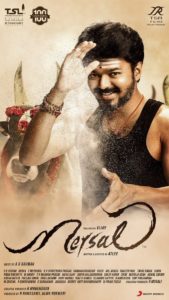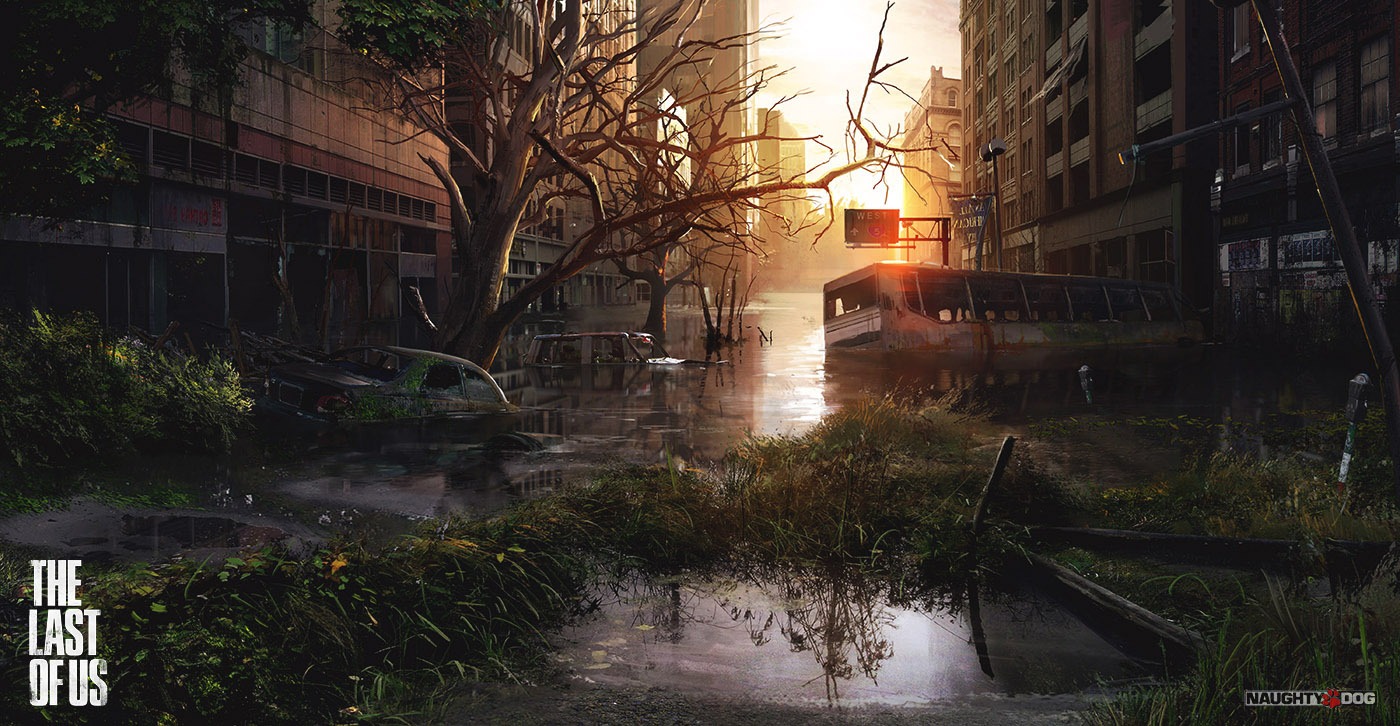A nuanced study of our civilization has always appealed to my faculty, by connecting with multiple cultural conventions of diverse user groups through the prism of technology & design I can synthesize & draw conclusions from their unique behavioral & cultural patterns, so I was thrilled listening to an episode from the Software Engineering Daily (SED) podcast which reinforced my beliefs in that direction. It was in July that I stumbled upon Tim O’Reilly’s book What’s The Future (what a clever wordplay of WTF) and found a piece of ominous foresight by the author from the insightful podcast. He was responding to the question, How do you contrast the role of human agency versus the positioning of these technologies as being inevitabilities? And Tim responded with a sense of grim:
[perfectpullquote align=”right” bordertop=”false” cite=”” link=”” color=”” class=”” size=””]
You know, I think some ways this goes back to this disagreement I had many years ago with Ray Kurzweil. Where he would draw these graphs and say, “Well look, progress goes up into the right,” and I said, “Well, yeah, from a distance,” sure but you know, if you look for example at architecture, the Hagia Sophia in Istanbul was for a thousand years, the largest building in the world.
Because we lost the knowledge of how to build something like that. You could have on human time scales, an immense slowing down or reversal of progress. I think part of what we need to understand is that first of all, nothing is inevitable. I think that we face enormous discontinuities and anyone who looks at history will see those even in human timeframes where there were great empires that fell. Where there were civilizations that collapse and I don’t see any reason why ours might not be among them. In fact, I think it’s more likely than not that ours will be among them and so the notion of progress is also something that I think is profoundly suspect.
You know, are we really more advanced? If you think about adaptation to the environment, maybe humans are not so very advanced after all, we are kind of destroying our environment in 10,000 years of our rise and will we effectively foul our nest sufficiently that we won’t be able to continue to prosper?
[/perfectpullquote]
But then he describes, what I term as, his vision of an environmental catastrophe which could materialize as a result of a ‘climate change’ phenomena — a change in global or regional weather patterns attributed largely to the increased levels of atmospheric carbon dioxide produced by the use of fossil fuels, which is demonstrating its ruthless power in real-time with the extended periods of hot summers or excessive rainfall to droughts in most parts of the world.
[perfectpullquote align=”right” bordertop=”false” cite=”” link=”” color=”” class=”” size=””]
I think I like to focus, yes, there are long-term trends that have momentum that have a powerful vector behind them but that doesn’t mean that they’re inevitable because first of all, there are other intersecting vectors. It’s so interesting, one of the said people I’ve invited to our science
bootcamp event or a couple of scholars who have been researching the interaction between climate change and the fall of civilizations.
Both of them – there’s a group at Harvard that has basically done ice cores in Greenland then it’s just basically correlated historical events through roman and early medieval civilization with climate change events. We have also one of the other people while study is the fall of ancient again civilizations and again, looking at the combination of climate change, you know, triggering a disease and then triggering migration, triggering warfare and that kind of being this toxic stew that brings civilizations to an end.
[/perfectpullquote]
That last bit of prudence in “triggering a disease” also brought flashes from the critically acclaimed action-adventure horror game ‘The Last Of Us’ the plot of which deals with a mysterious virus called Cordyceps ravaging the United States leaving not just an infected civilization but eventually destroying it; the premise of which is the effect of ‘climate change’. The game beautifully captures the mass migration of the survivors from coast to coast and puts the gamer in the midst of a warfare with rival gangs who are fighting for the control of rare resources in their neighbourhoods, not to mention combating the scary ghoulish creatures who prey upon their unsuspecting victims. It’s a captivating glimpse of a combination of catastrophic outcomes that O’Reilly has insightfully referred to in his prediction of how our civilization could end realistically.
The entire episode is worth listening and you can enjoy it in a new tab/window.



